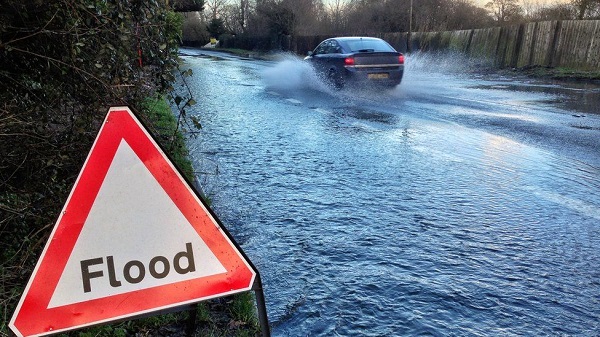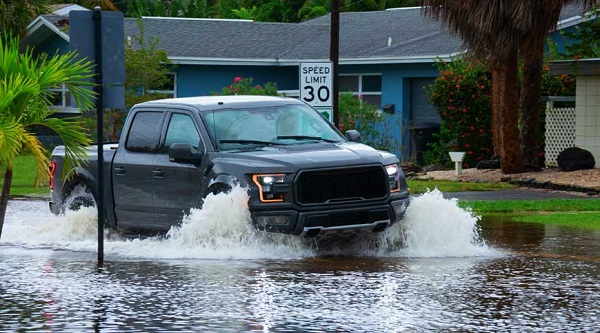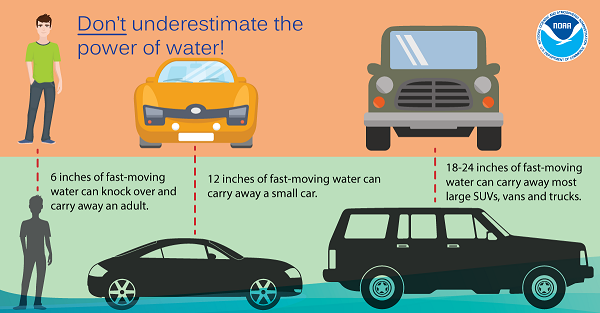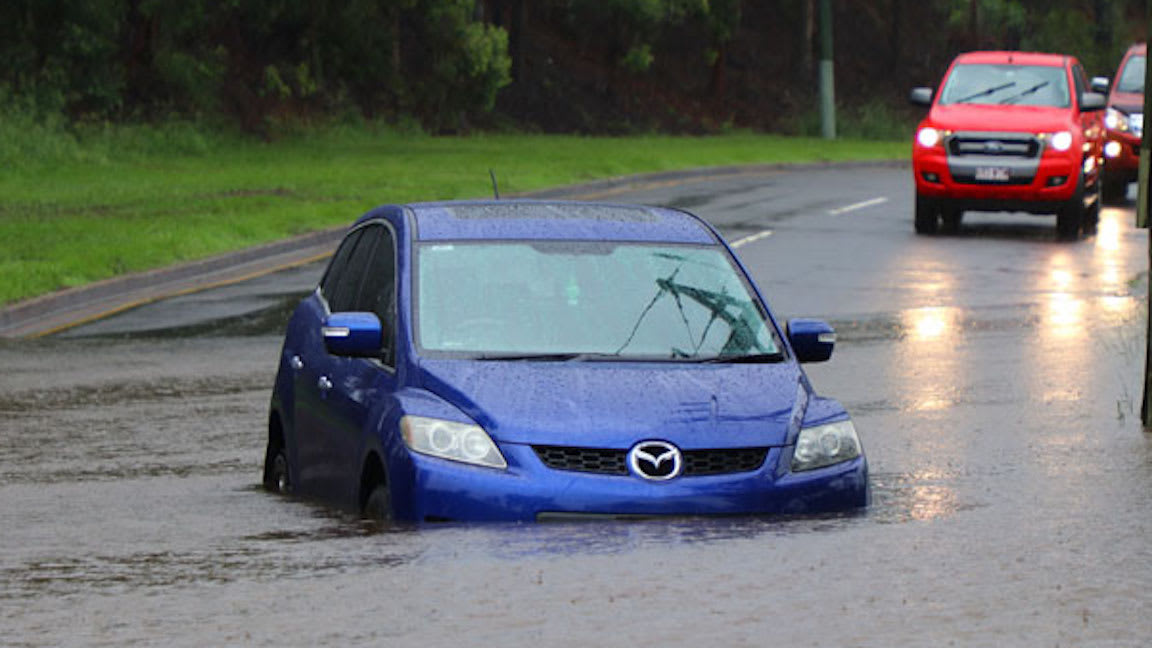One of the biggest challenges you will face as a car owner is knowing if the floodwater is going to wreck damages on your car. This is always the case when driving during or after a heavy downpour. Ideally, we do not always encourage our readers to drive their cars through water since 6 inches is enough to damage your car. Also, your car tires could also get stuck inside muddy water. Always ask yourself if your vehicle is strong enough to survive driving through floodwater. We obviously know your next line of action. However, before you make a U-Turn, you might want to read this article.

First, what is the location of the component in your car?
If components of your vehicle are found underneath it, you should quickly turn around and find an alternative route. Usually, there is no form of friendly contact between electricity and water. In a case whereby the kick-starter, power steering and engine control units are situated in the lower part of the vehicle, it will be a big issue if you risk it through the water. Of course, you don’t want to incur serious debt on yourself. You might even get stuck if your electric power steering has already been damaged by the water. Thus, it becomes pretty difficult to steer your way out of the mess.

How high is your vehicle?
You do not want to drive a short car through water. If you do so, you are risking it being submerged in the flood water. More often than not, people with sport utility vehicles usually move through easily due to their adjustable height. If you want to enjoy your driving experience during the rainy season, you might want to start shopping for cars like Land Rover Defender, Subaru XV, Mitsubishi L 200, Audi A6, Ford Focus and other models that offer enough ground clearance.
Check for rust or air passage
Routine inspection is recommended for every car owner out there. This implies that you should always check for rust underneath your car before you take it onto the road. Rust can allow water to pass through your car by creating openings and spaces underneath your car. You should also be on the lookout for the air intake if it is located underneath your vehicle. This means it could allow water in through that route and create a big issue for you.

Now, if you think your car has what it takes to drive through water, then you should read the last part of this article:
How do I drive in water?
Driving in water isn’t your regular type of driving. It entails patience and concentration. You need to drive slowly so as not to get stuck in the water. Drive in low gear and ease off your accelerator. Always use the brake to regulate the speed when driving through. More importantly, switch off the air conditioner before you drive through floodwater. This is because this water can cause damage on the AC unit by creating a bridge in the circuit.
